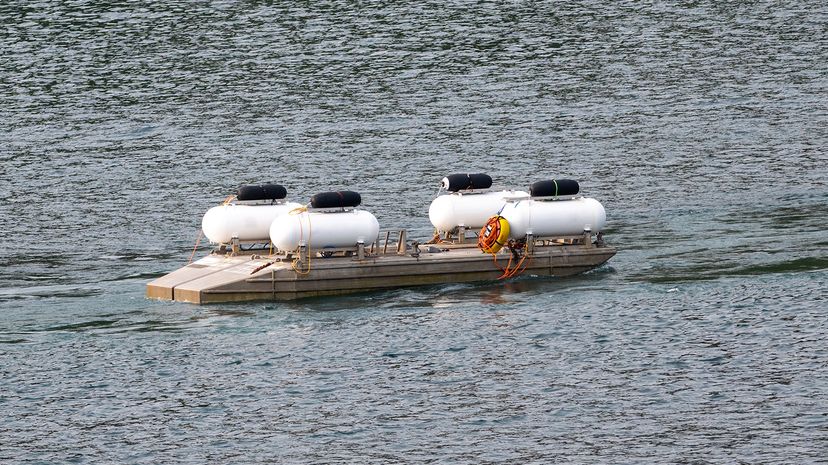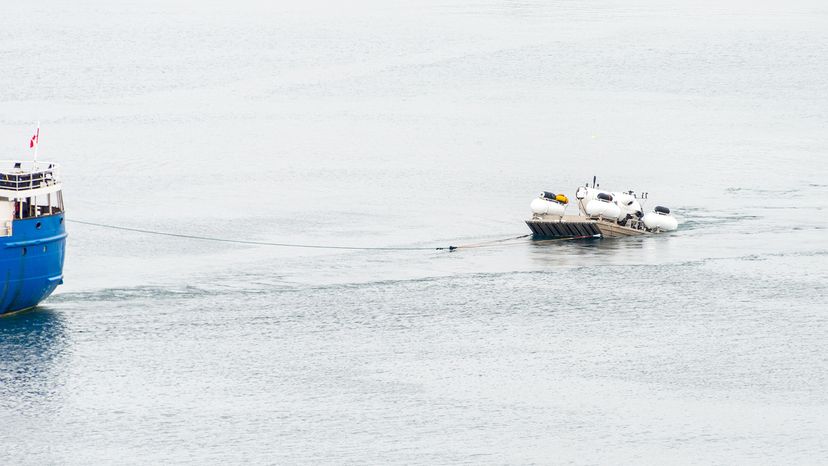
In the world of deep-sea exploration and innovation, OceanGate once stood at the crossroads of cutting-edge engineering and daring adventure.
Known for its exploration and commercial operations, the company gained international attention in June 2023 when its Titan submersible tragically imploded during a dive to the Titanic wreckage site.
Advertisement

